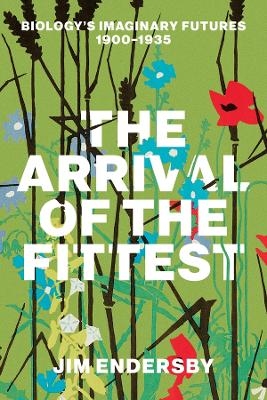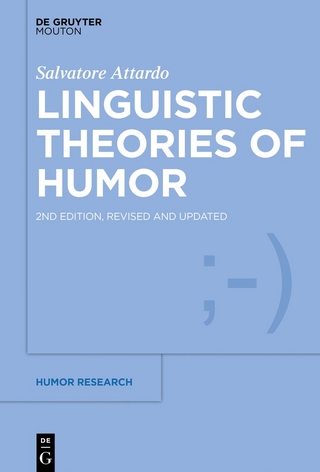
The Arrival of the Fittest
Biology's Imaginary Futures, 1900–1935
Seiten
2025
University of Chicago Press (Verlag)
978-0-226-83756-7 (ISBN)
University of Chicago Press (Verlag)
978-0-226-83756-7 (ISBN)
In the early twentieth century, varied audiences took biology out of the hands of specialists and transformed it into mass culture, transforming our understanding of heredity in the process.
In the early twentieth century communities made creative use of the new theories of heredity in circulation at the time, including the now largely forgotten mutation theory of Hugo de Vries. Science fiction writers, socialists, feminists, and utopians are among those who seized on the amazing possibilities of rapid and potentially controllable evolution. De Vries’s highly respected scientific theory only briefly captured the attention of the scientific community, but its many fans appropriated it for their own wildly imaginative ends. Writers from H.G. Wells and Edith Wharton to Charlotte Perkins Gilman, J.B.S. Haldane, and Aldous Huxley created a new kind of imaginary future, which Jim Endersby calls the biotopia. It took the ambiguous possibilities of biology—utopian and dystopian—and reimagined them in ways that still influence the public’s understanding of the life sciences. The Arrival of the Fittest recovers the fascinating, long-forgotten origins of ideas that have informed works of fiction from Brave New World to the X-Men movies, all while reflecting on the lessons—positive and negative—that this period might offer us.
In the early twentieth century communities made creative use of the new theories of heredity in circulation at the time, including the now largely forgotten mutation theory of Hugo de Vries. Science fiction writers, socialists, feminists, and utopians are among those who seized on the amazing possibilities of rapid and potentially controllable evolution. De Vries’s highly respected scientific theory only briefly captured the attention of the scientific community, but its many fans appropriated it for their own wildly imaginative ends. Writers from H.G. Wells and Edith Wharton to Charlotte Perkins Gilman, J.B.S. Haldane, and Aldous Huxley created a new kind of imaginary future, which Jim Endersby calls the biotopia. It took the ambiguous possibilities of biology—utopian and dystopian—and reimagined them in ways that still influence the public’s understanding of the life sciences. The Arrival of the Fittest recovers the fascinating, long-forgotten origins of ideas that have informed works of fiction from Brave New World to the X-Men movies, all while reflecting on the lessons—positive and negative—that this period might offer us.
Jim Endersby is professor of the history of science at the University of Sussex. He is the author of Orchid: A Cultural History, Imperial Nature: Joseph Hooker and the Practices of Victorian Science, and A Guinea Pig’s History of Biology.
About This Book
Introduction: Arrivals
1. Undisciplined Futures
2. Remaking Nature
3. Paradoxical Futures
4. Hybrid Futures
5. Perverse Futures
6. Textbook Futures
7. Counterfutures
8. (Science) Fictional Futures
9. Conclusion: Braver, Newer Worlds?
Epilogue: Unnatural?
Acknowledgments
Appendix
References
Illustration Credits
Index
| Erscheinungsdatum | 03.12.2024 |
|---|---|
| Zusatzinfo | 25 halftones, 2 tables |
| Sprache | englisch |
| Maße | 152 x 229 mm |
| Gewicht | 594 g |
| Themenwelt | Geisteswissenschaften ► Geschichte |
| Geisteswissenschaften ► Sprach- / Literaturwissenschaft ► Anglistik / Amerikanistik | |
| Geisteswissenschaften ► Sprach- / Literaturwissenschaft ► Literaturwissenschaft | |
| Naturwissenschaften ► Biologie ► Evolution | |
| ISBN-10 | 0-226-83756-4 / 0226837564 |
| ISBN-13 | 978-0-226-83756-7 / 9780226837567 |
| Zustand | Neuware |
| Informationen gemäß Produktsicherheitsverordnung (GPSR) | |
| Haben Sie eine Frage zum Produkt? |
Mehr entdecken
aus dem Bereich
aus dem Bereich
Poetik eines sozialen Urteils
Buch | Hardcover (2023)
De Gruyter (Verlag)
59,95 €
Buch | Softcover (2024)
belleville (Verlag)
20,00 €


